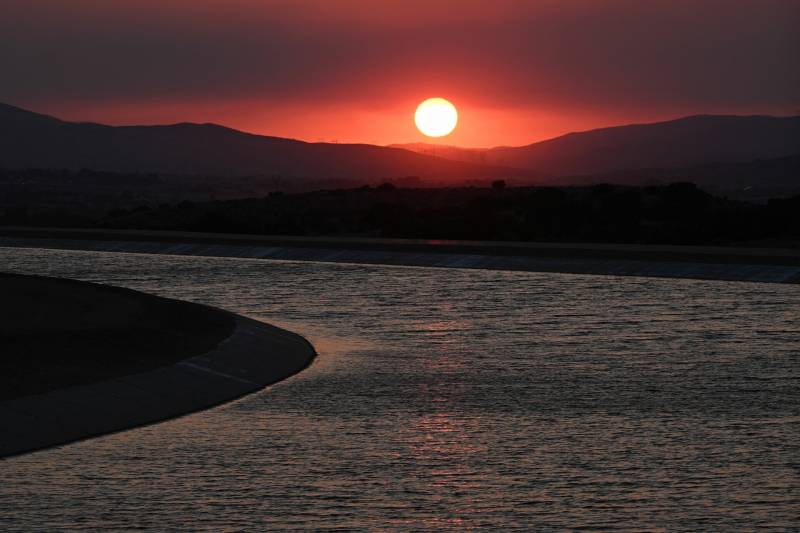The next iteration of the assessment could be published on Aug. 9, pending approval by the researchers convened by the Intergovernmental Panel on Climate Change (IPCC). It will be the sixth edition.
This latest report aims to guide government decisions on addressing global warming and adapting to its impacts.
NPR reported that the new IPCC study will include a set of five hypothetical policy scenarios, “a collection of imaginary worlds in which countries pursue different sets of climate policies.” These scenarios will take into account carbon emissions reductions, population growth, economic development, and technological change.
“This is our best and most comprehensive update on the state of international climate science, and it provides a foundation for international policy development as we move forward,” Lara Kueppers, a UC Berkeley professor and climate scientist at Berkeley Lab, told KQED’s Brian Watt last week.
But given the breakneck pace at which climate science is evolving, and the escalating destruction from warming-driven environmental disasters, Kueppers thinks it’s time for faster, locally focused assessments.
“We’ve really left it up to the IPCC, but it’s clear that scientific support for local planning and decision-making is necessary — and the need for this is only growing,” she said.
Kueppers interview has been lightly edited for length and clarity.
How do the IPCC assessments get used?
At best, this document will spur more concerted policy action on climate. At worst it will be a virtual doorstop. The printed and bound versions of these past assessments are quite weighty. Unfortunately, current climate commitments, including the pledges by the Biden administration and other nations, are still insufficient to meet the Paris Agreement’s goal to limit warming to one-and-a-half degrees globally, according to the Climate Action Tracker, which follows all of these commitments closely.
